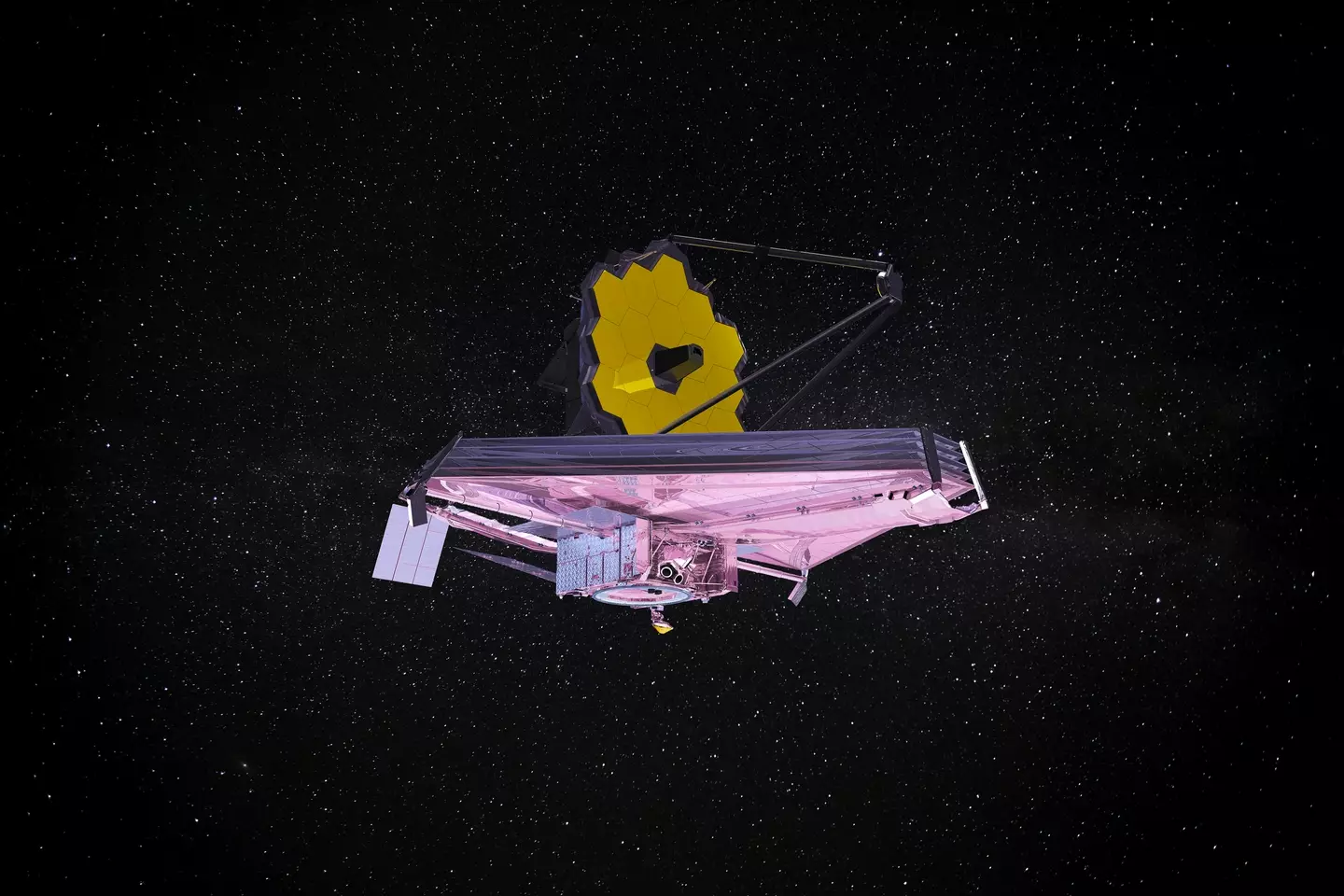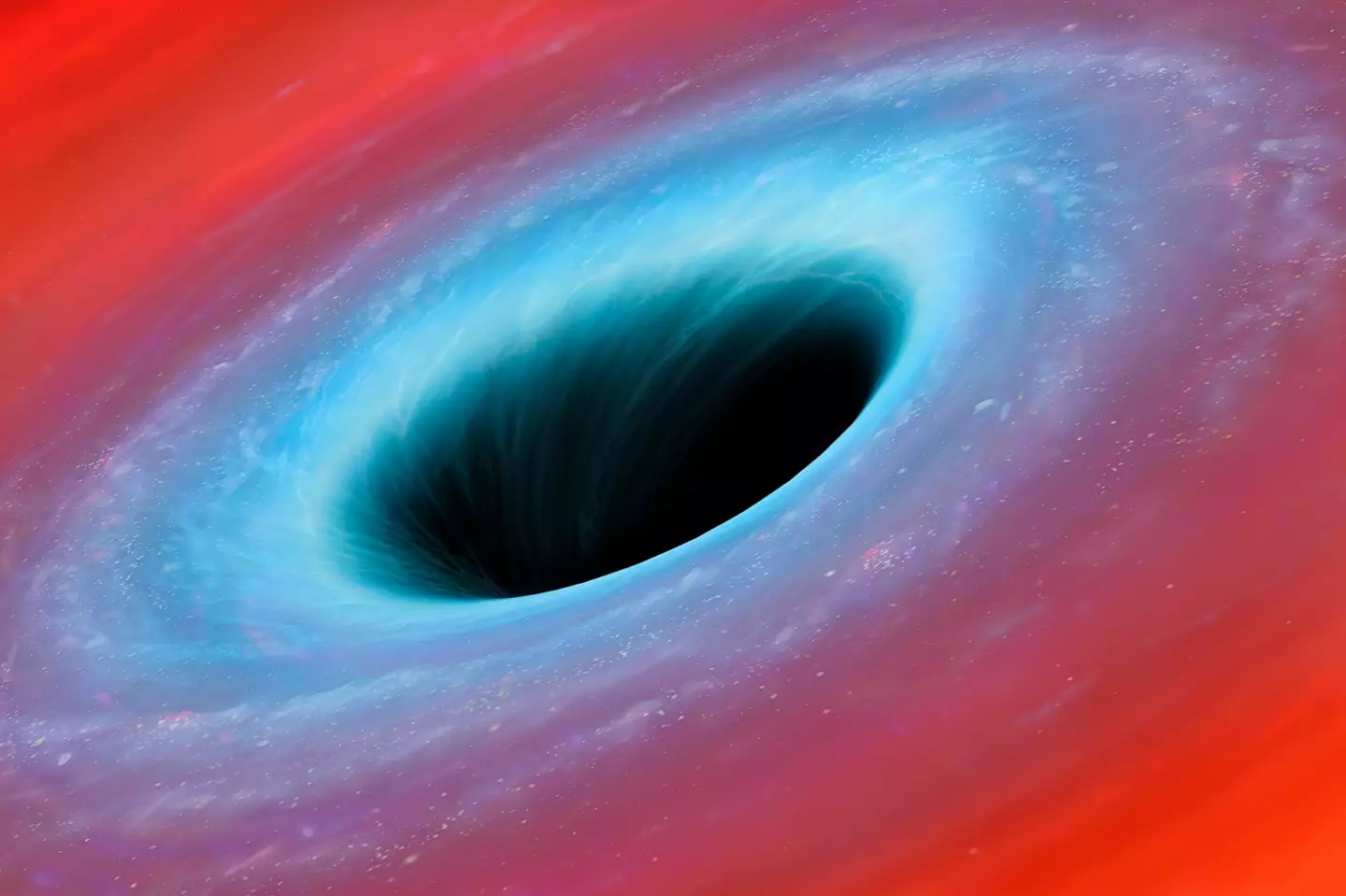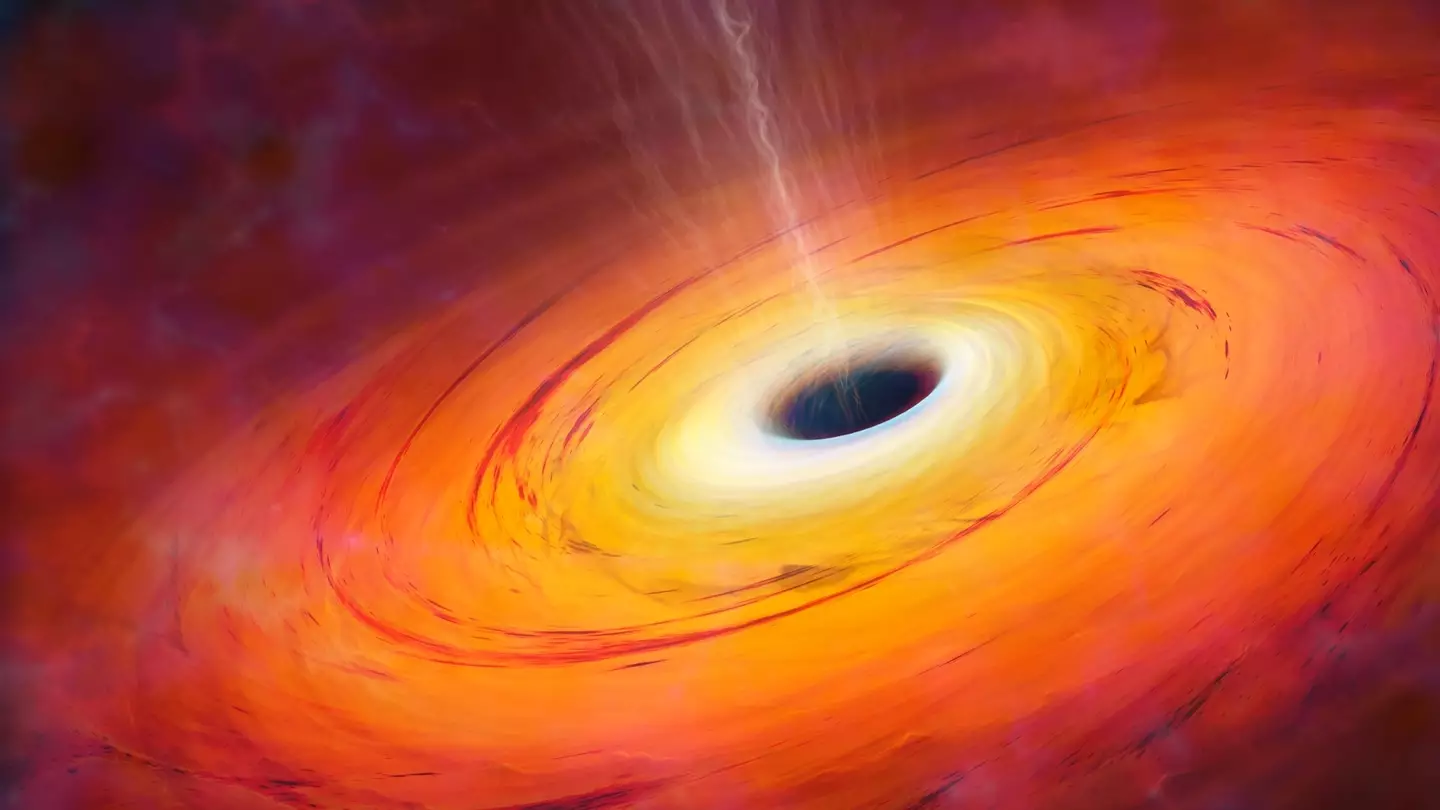Each day seems to bring a new remarkable finding from space.
Researchers utilizing NASA’s James Webb Space Telescope have identified the oldest black hole known to date, and its size is staggering.
While we are already dealing with an unusual object moving rapidly through our Solar System, this newfound black hole sits comfortably 13.3 billion light years away. Though it doesn’t threaten us now, it could be a concern for distant future generations.
This colossal black hole was found at the heart of a universe referred to as CAPERS-LRD-z9.
The black hole is enormous, with a mass up to 300 million times that of our Sun, which is itself quite large. To put it in perspective, consider the following.

The Sun’s diameter measures 1.39 million kilometers, equivalent to aligning about 109 Earths side by side.
Comparatively, if the Sun were the size of a typical front door, our Earth would be similar to a nickel. In this analogy, this black hole would resemble a skyscraper taller than Mount Everest.
Scientists estimate this black hole formed around 500 million years post-Big Bang, allowing us to effectively gaze into the past as we observe it.
This is because light from such a distance has taken more than 13 billion years to arrive here, meaning we’re watching it as it once was. Feeling existential yet?
For comparison, the Sun is only 8.3 light-minutes away, meaning we see it as it was eight minutes ago whenever we glance at it (not that we should).
The discovery of this black hole and its universe was made by scientists at the University of Texas at Austin using NASA’s James Webb Space Telescope.
Details of their research were published in The Astrophysical Journal Letters on August 6.

The astronomers employed spectroscopy, a technique that separates light into various wavelengths and colors.
By examining this dispersed light, scientists can identify the unique signatures of stars, galaxies, and other celestial entities—similar to a detective uncovering fingerprints. Black holes draw in surrounding dust and material, which compresses and heats up as it spirals inward.
This energetic process leaves detectable traces in light through spectroscopy, explained Steven Finkelstein, a professor of astronomy and co-author of the study at the University.
“We look for these signatures of very fast-moving gas,” he noted. “We’re talking about velocities of 1,000, 2,000, sometimes even 3,000 kilometers per second. “Nothing else in the universe moves that fast, so we know it has to be gas around a black hole.”

Researchers hope that examining the CAPERS-LRD-z9 galaxy will help them tackle some critical questions about the black hole.
The main query is how it emerged so early in the universe’s timeline and how it grew to such an immense size.
Scientists anticipate finding other black holes of similar age in the distant universe, or perhaps ones that are even older.
“We only ever survey very tiny areas of the sky with the James Webb Space Telescope,” Finkelstein remarked. “So, if we find one thing, there’s got to be a lot more out there.”

